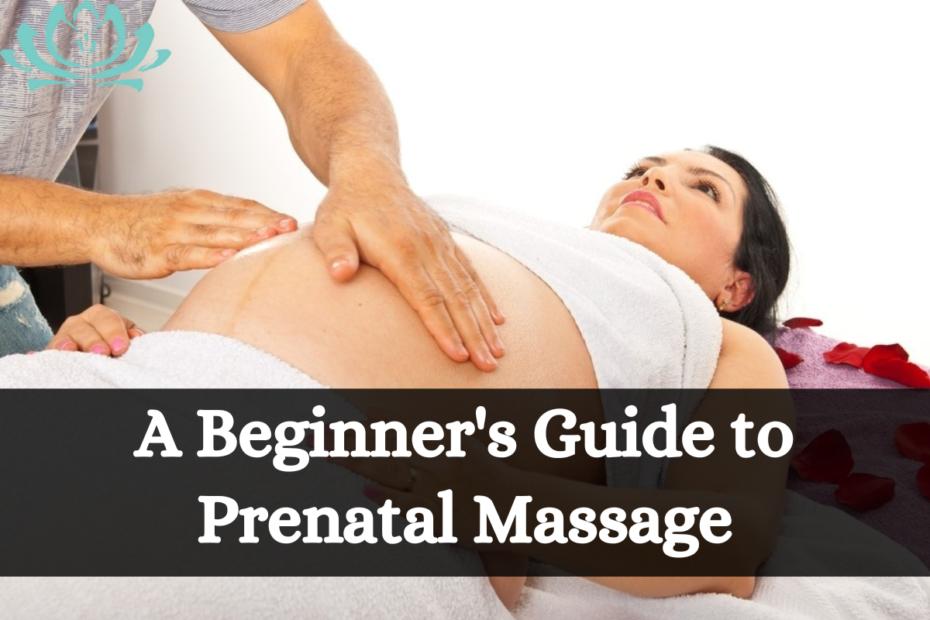A Beginner’s Guide to Prenatal Massage: Traditional therapeutic massage has improved health, reduced stress, and relieved muscle tension for centuries. Prenatal massage therapy has been shown to reduce anxiety, depression, muscle aches, joint pains, and improve labour outcomes and newborn health.
Swedish Massage is one prenatal massage technique that addresses various needs. Swedish massage uses mild pressure to relax muscles and improve lymphatic and blood circulation. Swedish massage is recommended during pregnancy because it relieves many hormone-induced skeletal and circulatory issues.
Therapeutic prenatal massage is different from perineal massage, which manually stretches the birth canal tissues to reduce the risk of episiotomy or childbirth trauma.
A Beginner’s Guide to Prenatal Massage
Regulation of hormones
- Massage therapy in prenatal care has been shown to significantly alter hormone levels associated with relaxation and stress in the past decade. This improves cardiovascular health and mood.
- After five weeks of bi-weekly massages, women’s stress hormones nor epinephrine and cortisol were reduced and dopamine and serotonin were increased. Low hormonal levels are linked to depression.
- Hormonal changes reduced birth complications and newborn complications like low birth weight. Therapeutic massage in prenatal care appears to benefit mothers and babies.
Reduced swelling
- Edoema, or joint swelling, during pregnancy is often caused by the heavy uterus’ reduced circulation and increased pressure on major blood vessels.
- Massage reduces joint swelling by stimulating soft tissues. This boosts lymphatic tissue waste removal.
Improved nerve pain
Late pregnancy women often experience sciatic nerve pain because the uterus rests on pelvic floor and lower back muscles. Uterine pressure causes upper and lower leg muscles to swell and press on nerves.
Massage therapy relieves muscle tension around inflamed nerves. Numerous pregnant women have reported significant sciatic nerve pain relief from massage.
Prenatal massage may have other benefits:
- Reduced back pain
- Less joint pain
- Improved circulation
- Less edoema
- Reduced headaches and muscle tension
- Less stress and anxiety
- Improved muscle and soft tissue oxygenation
- Better sleep
Also See:
A Complete Guide to Couples Massage
Prenatal massage precautions?
As with any therapeutic pregnancy wellness approach, women should discuss massage with their prenatal care provider. Being informed and working with experts is the best way to manage prenatal massage risks.
Many professionals recommend side-lying for pregnant women during massage. Tables with a hole for the uterus may not be reliable and may apply pressure or dangle the abdomen, stretching the uterine ligaments. Before your first massage, ask your therapist how they position clients.
Find an appropriate masseuse
Prenatal massage should be done by a certified professional. Certified massage therapists have training beyond national standards and can address pregnancy and massage needs. They know how to position you safely without straining uterine ligaments. They can detect blood clots and varicose veins.
Women who have recently bled, pre-term contractions, or any of the following conditions should consult a doctor before getting a massage:
- A high-risk pregnancy
- Hypertension during pregnancy
- Preeclampsia
- Previous preterm labour
- Severe swelling, high blood pressure, or sudden headaches
- Give birth recently
Is prenatal massage safe throughout pregnancy?
- Women can start massage therapy in the first, second, or third trimester.
- Due to the increased risk of miscarriage in the first 12 weeks, many facilities will not massage a first-trimester woman.
Prenatal treatment includes massage
- Massage can improve prenatal health for many women.
- Massage therapy can be added to routine prenatal care as an emotional and physical health supplement to improve pregnancy outcomes and maternal health.
- Talk to your midwife or obstetrician before starting a new therapy.
If you like this Article about A Beginner’s Guide to Prenatal Massage please share this Article with your friends and family members.



